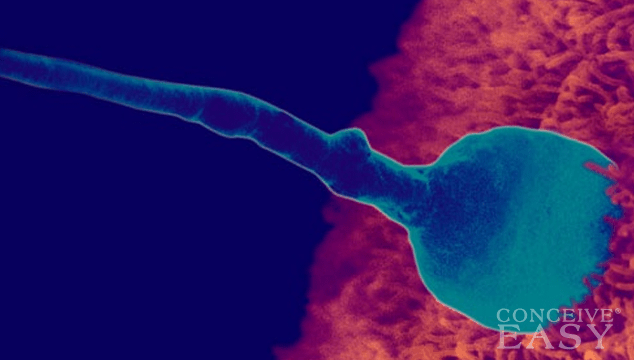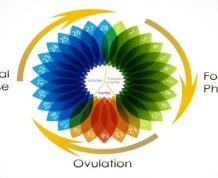Azoospermia is a medical disorder with negative effects on male fertility and consists of the absence of sperm cells in the semen. For a couple trying to conceive, a proper diagnosis based on semen analysis and appropriate treatment is in order so as to boost the chances of having a baby. The 3 types of azoospermia and their underlying causes are the following. Claim Your 20 Free Pregnancy Tests – Click Here

Pre-testicular lack of semen cells, which is mainly due to genetic factors such as hypopituitarism, a disease in which low follicle-stimulating hormone (FSH) levels are not stimulating the production of sperm by otherwise normal testicles, chemotherapy, high levels of the hormone prolactin, or FSH suppression on account of high levels of testosterone, leading to sperm suppression altogether.

Testicular azoospermia is the most frequent type and consists either in the presence of abnormal testicles or the absence of testicles altogether, leading to testicular failure. The main causes include congenital factors such as the XX male syndrome, Y chromosome abnormalities, spermatogenesis defects and other factors such as testicular trauma, surgery, inflammation, infection or cancer.
Genetic causes of this condition in men need to be addressed by genetic counseling for support. This condition is usually permanent and irreversible; however, pregnancy can be achieved with the aid of specific medical procedures such as testicular sperm extraction (TESE), and then by using either IVF or ICSI (intracytoplasmic sperm injection), where the extracted sperm is injected directly into the egg. These advanced procedures, following the chromosomal assessment (karyotypes), have proven to be very successful fertilization options, especially when there is no medical treatment for genetic lack of sperm.

Post-testicular lack of semen cells is characterized by the fact that, although sperm is produced, no ejaculation occurs, mainly due to obstructive factors such as vasectomy, ejaculatory duct obstruction and retrograde ejaculation, or genetic factors like the absence of the vas deferens (the duct which carries sperm), which mostly accompanies a condition called cystic fibrosis that eventually leads to male infertility.
Obstructive azoospermia is mainly diagnosed with the aid of a testicular biopsy. Physical examination and hormonal evaluation are also required in order to make the difference between obstructive and non-obstructive absence of sperm cells.
Whether the cause of this medical condition leading to impaired male fertility consists of low and immature sperm production or sperm blockage, the proper management requires the assistance of a male-fertility expert for better outcomes. Sperm blockage is effectively reversed with microsurgery in most cases, and low or immature sperm production is corrected only in a few cases, such as the Kallman syndrome or when there are high levels of prolactin. For the rest of the cases, assisted reproduction is beneficial for couples who are trying to conceive.










Comments